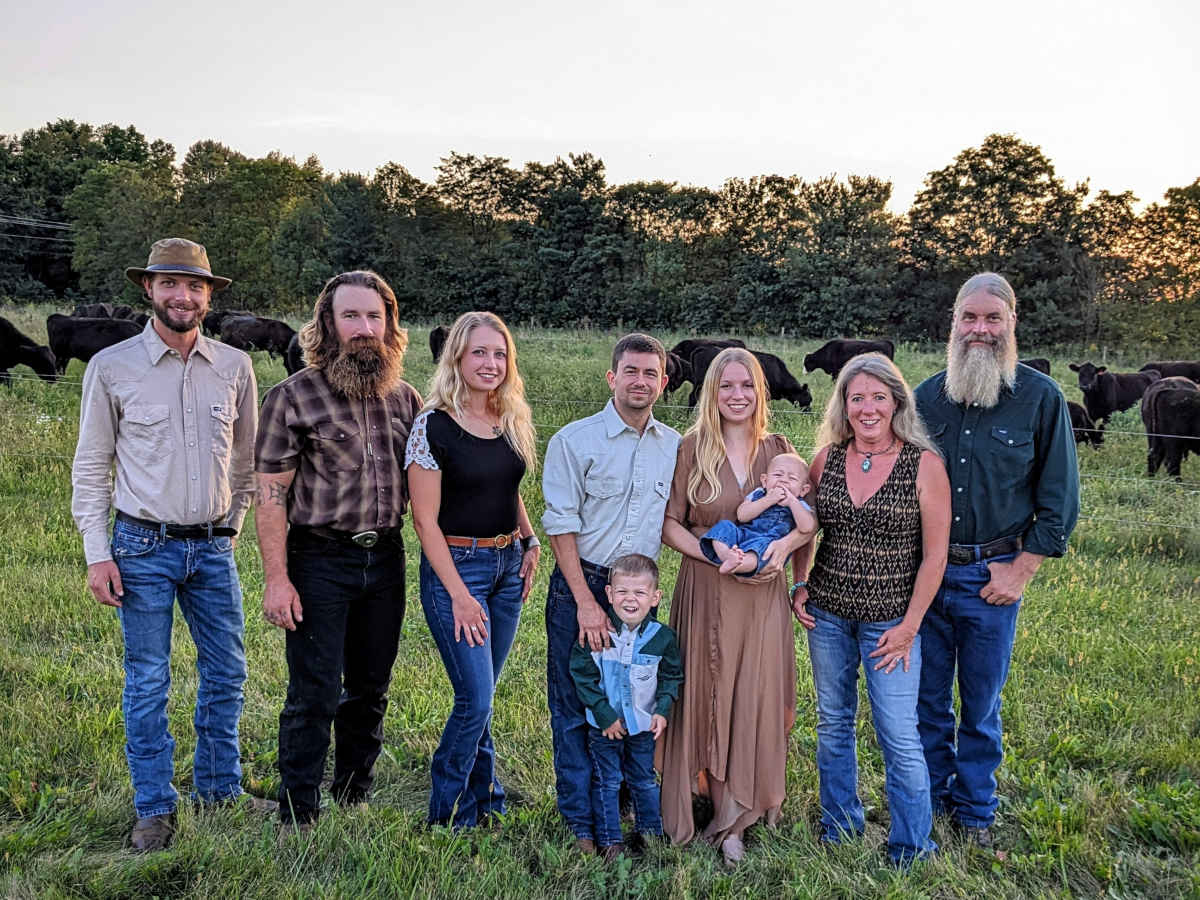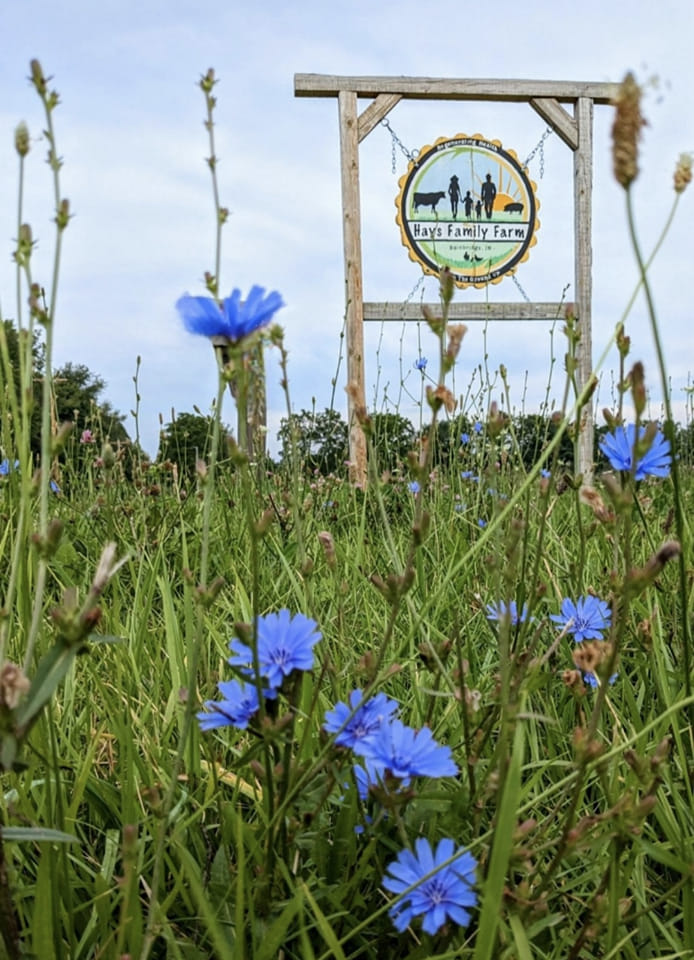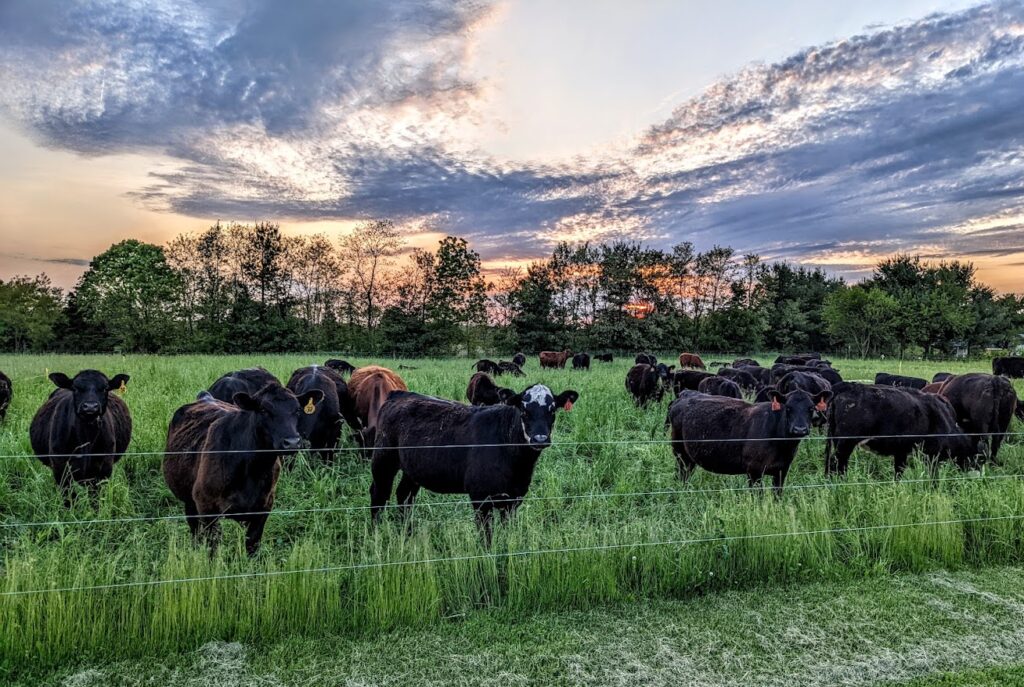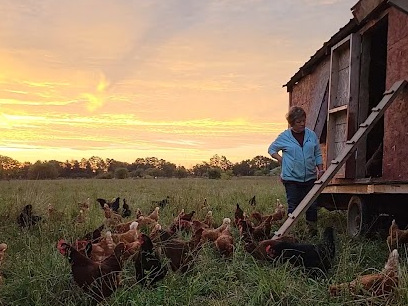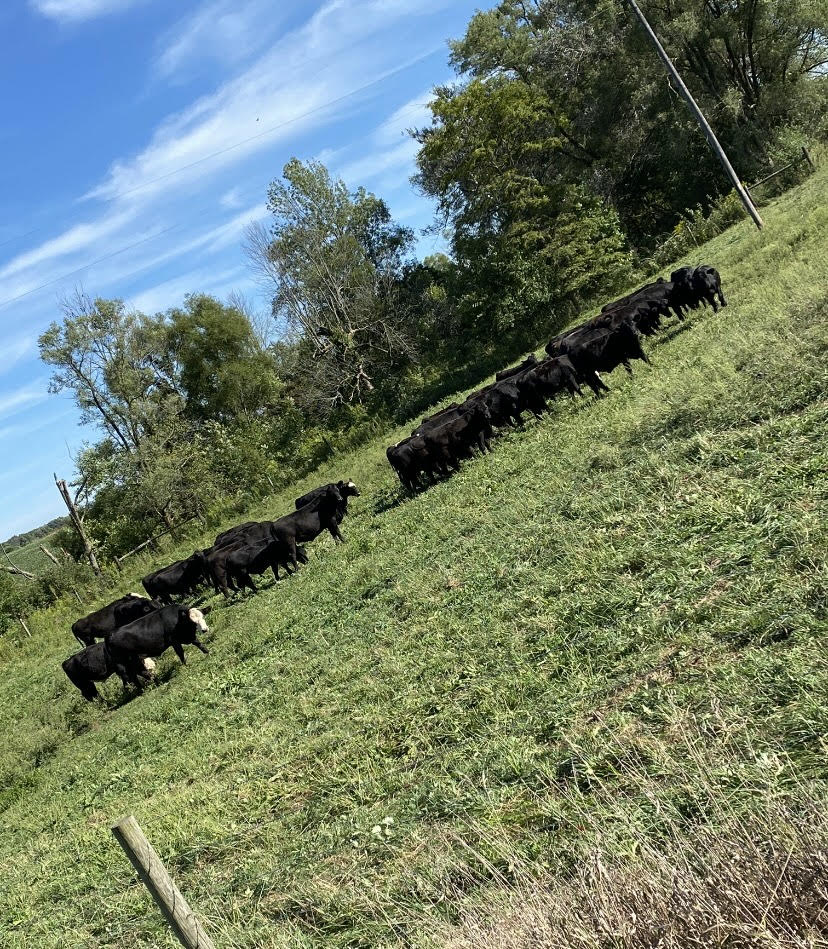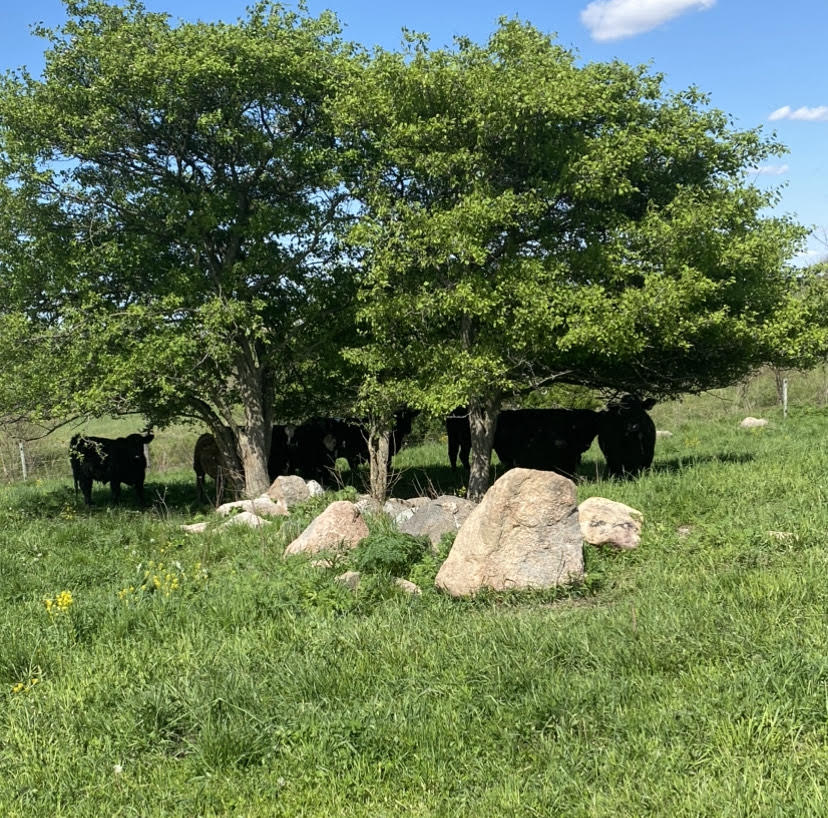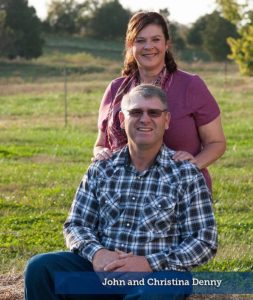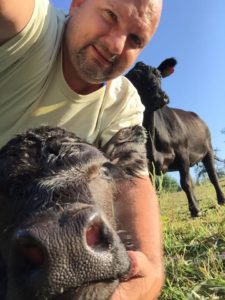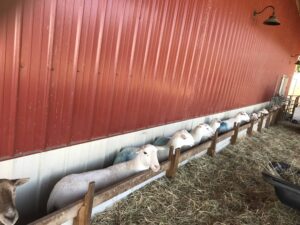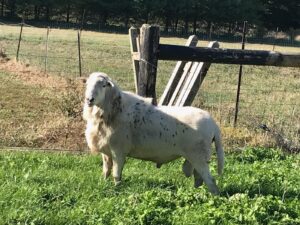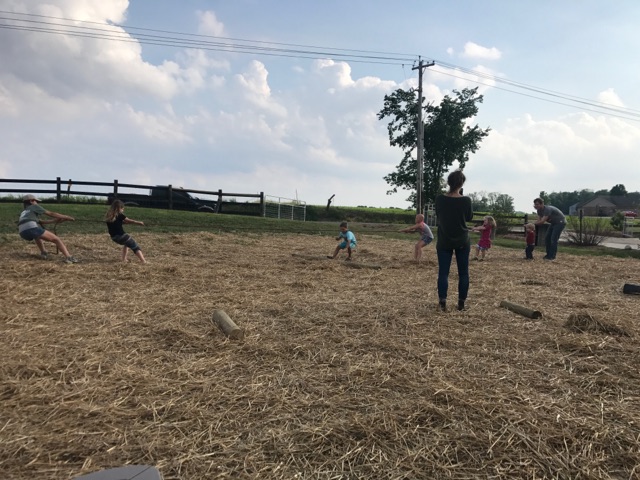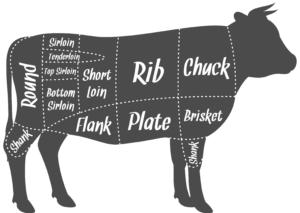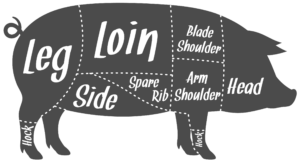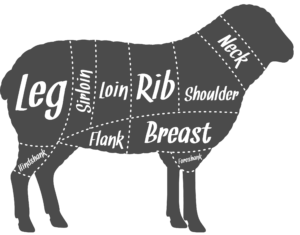Connecting rural farmers & urban buyers
Funds will be used primarily to support the introduction of value chain coordinators, individuals and teams that can help rural producers and urban buyers “connect the dots” between producers, aggregators, processors, distributors, and retailers. (Parker Knight, Flickr/Creative Commons)
WASHINGTON — Today, the US Department of Agriculture (USDA) in partnership with the Appalachian Regional Commission (ARC), Delta Regional Authority (DRA), and 15 philanthropic partners, announced the creation of the Leveraging Investment for Network Coordination (“Food LINC”) initiative, which is designed to grow local and regional food economies through value chain development. The inaugural roll out of Food LINC will target 10 regions across the country, connecting rural producers with urban buyers using a combined public/private investment of nearly $3 million.
USDA, ARC, and DRA will provide an initial investment of $850,000 in public funds, leveraging an additional $2 million in private dollars from national and regional foundations. Funds will be used primarily to support the introduction of value chain coordinators, individuals and teams that can help rural producers and urban buyers “connect the dots” between producers, aggregators, processors, distributors, and retailers. Value Chain Coordinators will be supported by and embedded in host organizations across the 10 selected regions for up to three years.
“Farmers are gaining exciting new income opportunities thanks to the rapidly growing consumer demand for local and regional food,” said Wes King, Policy Specialist at the National Sustainable Agriculture Coalition (NSAC). “At a time when much agricultural news is focused on low prices, a lot of producers are looking for new enterprise opportunities. The new Food LINC initiative will help grow those opportunities by linking farmers and new markets, and we welcome the creativity USDA is showing to accelerate positive change.”
The role of the value chain coordinators will be to fill gaps in the food system that farmers and their customers are often unable to address on their own. Coordinators can help identify and engage stakeholders, build capacity through technical training, help communicate about new opportunities or products through enhanced marketing, identify resources such as grants, loans, and services, and navigate government policies and regulations.
“Each year, USDA invests millions of dollars in programs like the Value-Added Producer Grants, Local and Regional Food Enterprise Loan Guarantees, Farm to School Grants, and the Farmers Market and Local Food Promotion Program,” said Greg Fogel, Policy Specialist at NSAC. “These are all programs that the National Sustainable Agriculture Coalition has helped to develop and champion. The beauty of Food LINC will be in helping food system actors align and leverage fundraising efforts, getting them greater bang for the buck from these important federal food and agricultural programs.”
Food LINC is part of USDA’s Know Your Farmer, Know Your Food Initiative (KYF2), an effort launched in 2009 to strengthen the connections between urban and rural food communities, which NSAC has actively supported and worked to expand.
The Wallace Center at Winrock International, an NSAC member organization, will provide national oversight of the new initiative and facilitate peer-to-peer exchanges to help participants share best practices and evaluate the overall success of the initiative.
“Local and regional food systems have experienced tremendous growth over the past few years,” said King. “Between 2006 and 2014 we’ve seen farmers markets expand by 180 percent, regional food hubs by 288 percent, and farm to school program participation by 430 percent. The interest has been there both from the rural and the urban communities, so it’s a great time for an initiative like Food LINC, which can help firm up those connections.”
—National Sustainable Agriculture Coalition
